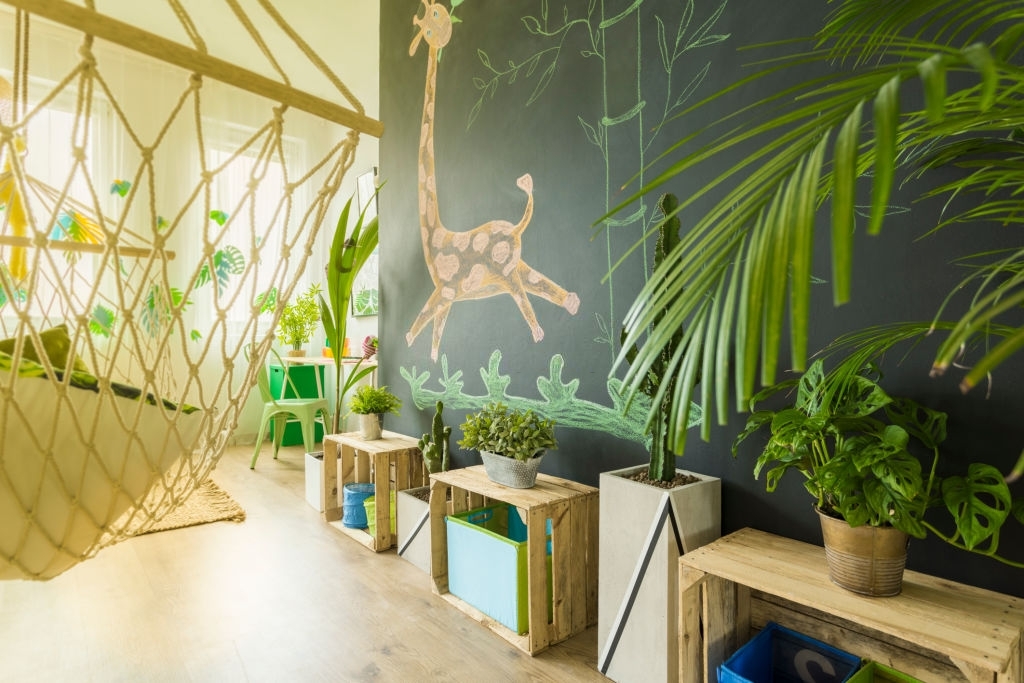Green design architecture is an approach to minimize the harmful effects of construction buildings on health and the environment. Sustainable design architecture utilizes the environmental materials and practices that protect water, earth, air, and human life.
The utmost goal of green architecture is to be fully sustainable. Sustainable design is in harmony with the natural resources and features around it. It is strictly concerned with environmental awareness and natural resources perseverance.
The Components of Green Design Architecture
The following are the seven essential components of green building.
- Water Efficiency
- Indoor Air Quality
- Environmentally Preferred Building Specifications and Materials
- Energy Efficiency and Renewable Energy
- Toxics Reduction
- Smart Growth and Sustainable Development
- Waste Reduction
The Stages of Green Design
Green building is also calles sustainable building denotes the application of processes and structures that are environmentally responsible and resource-effective considering the overall lifecycle of a building. The important stages include:
- Land Planning
- Site Planning
- Construction Process Planning
- Basic Design
- Specifications
- During Construction Plan
- Post Construction Plan
What are Green Materials?
Green materials are the natural material taken from the ground, such as clay, sand, and stone, are known as green materials as they are found underfoot. They are locally available materials that are placed and combined with whatever people make within a specific area or region. The green builders take advantage of cost-effectiveness and easy installation so that they can save money and utilize it for other green features. The builders use the material that is renewable and recycled.

